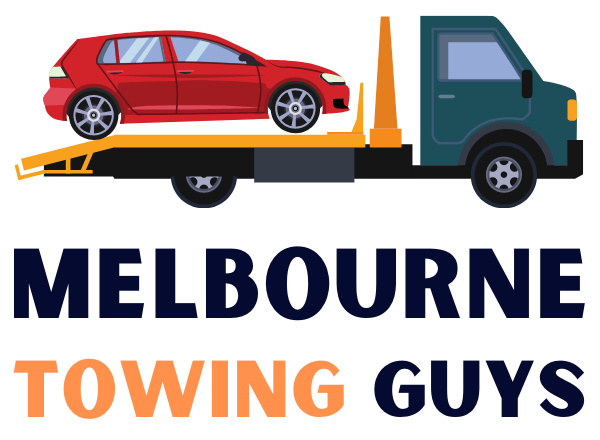Running out of gas while driving is something that many people assume will never happen to them. However, it’s more common than you might think. Whether you miscalculated the distance to the next petrol station, got stuck in unexpected traffic, or simply forgot to fill up, finding yourself stranded without fuel can be a stressful experience. Knowing how to respond calmly and effectively can help you stay safe and get back on the road as quickly as possible.
Stay Calm and Pull Over Safely
The moment you realize you are running out of fuel, it’s important to stay calm. Panicking can lead to poor decisions, so take a deep breath and start planning your next move. Your first priority should be to pull over safely. If possible, look for a wide shoulder, a nearby parking lot, or a safe side street where you can stop your vehicle out of traffic’s way.
If your car starts sputtering or slowing down before you can find a safe spot, use your hazard lights to alert other drivers. This will make your vehicle more visible and reduce the risk of an accident. Always aim to come to a complete stop in a place where you and your passengers are not exposed to moving traffic.
Choosing the safest possible location helps ensure that while your car is out of commission, you and other drivers remain protected.
Assess Your Situation
Once you are safely off the road, take a moment to assess your situation. Check your fuel gauge again to confirm that fuel depletion is the issue. Occasionally, a different problem, like a faulty fuel pump or electrical issue, can mimic the symptoms of running out of gas.
If you are certain the tank is empty, think about your surroundings. Are you near a service station? Do you have mobile phone coverage? How far are you from help? Understanding your situation will help you decide the best course of action.
Taking stock of your location and resources ensures you make the most efficient and safe decision to resolve the issue.
Call for Help
In most cases, the safest and easiest solution is to call for roadside assistance. Many towing companies offer fuel delivery services, where they will bring enough petrol or diesel to get you to the nearest fuel station. If you are a member of a roadside assistance program, this service may even be included in your membership.
If you don’t have roadside assistance, you can still call a local towing service directly. Most towing companies are well-equipped to help with fuel delivery and can often respond quickly to these types of situations.
If you are in an area with poor mobile reception and no nearby help, it might be necessary to walk to the nearest service station, but this should be a last resort, especially if it’s dark, raining, or unsafe to walk.
Getting professional help not only saves you from unnecessary risks but also gets you back on the road much faster.
Stay Visible and Safe While Waiting
While you wait for assistance, it’s crucial to make yourself and your vehicle as visible as possible. Leave your hazard lights on so that approaching drivers are aware that your car is stationary. If you have reflective triangles or flares, set them up a safe distance behind your car to provide additional warning to other motorists.
If it’s safe to do so, stay inside your vehicle with the doors locked while you wait for help. Exiting the car and standing on the side of the road can be dangerous, especially on highways or busy roads. Your car provides some level of protection from traffic and environmental elements.
Staying inside the vehicle and keeping it visible significantly reduces your risk while waiting for assistance.
Preventing Future Fuel Emergencies
Running out of gas can be a stressful and inconvenient experience, but there are simple steps you can take to avoid it in the future. Make a habit of refueling when your tank drops below a quarter full rather than waiting until the last minute. This gives you plenty of buffer space in case you encounter traffic, detours, or closed service stations.
Also, get familiar with your vehicle’s fuel range and understand how many kilometres you can typically travel once the fuel light comes on. Modern vehicles sometimes provide an estimated distance to empty on the dashboard, but it’s always smart to be cautious rather than relying too heavily on these figures.
If you’re planning a road trip, especially through rural or remote areas, plan your fuel stops ahead of time. Knowing where you can refuel along your route ensures that you won’t get caught off guard when stations are few and far between.
By making fuel management a priority, you can significantly lower the chances of ever facing a fuel shortage on the road again.
Conclusion
Running out of gas can happen to anyone, even the most careful drivers. How you respond when it does makes all the difference between a minor inconvenience and a dangerous situation. By staying calm, pulling over safely, calling for professional help, and keeping yourself visible and protected, you can handle the situation confidently.
And once the ordeal is over, using the experience as a learning opportunity will help you avoid a repeat in the future. With a little preparation and smart habits, you can make sure that running out of gas becomes nothing more than a rare story rather than a regular concern.
Melbourne Towing Guys
12 Esperance Rd
Mount Waverley VIC 3149
(03) 7037 7636
www.towingmelbourne.net.au


Recent Comments